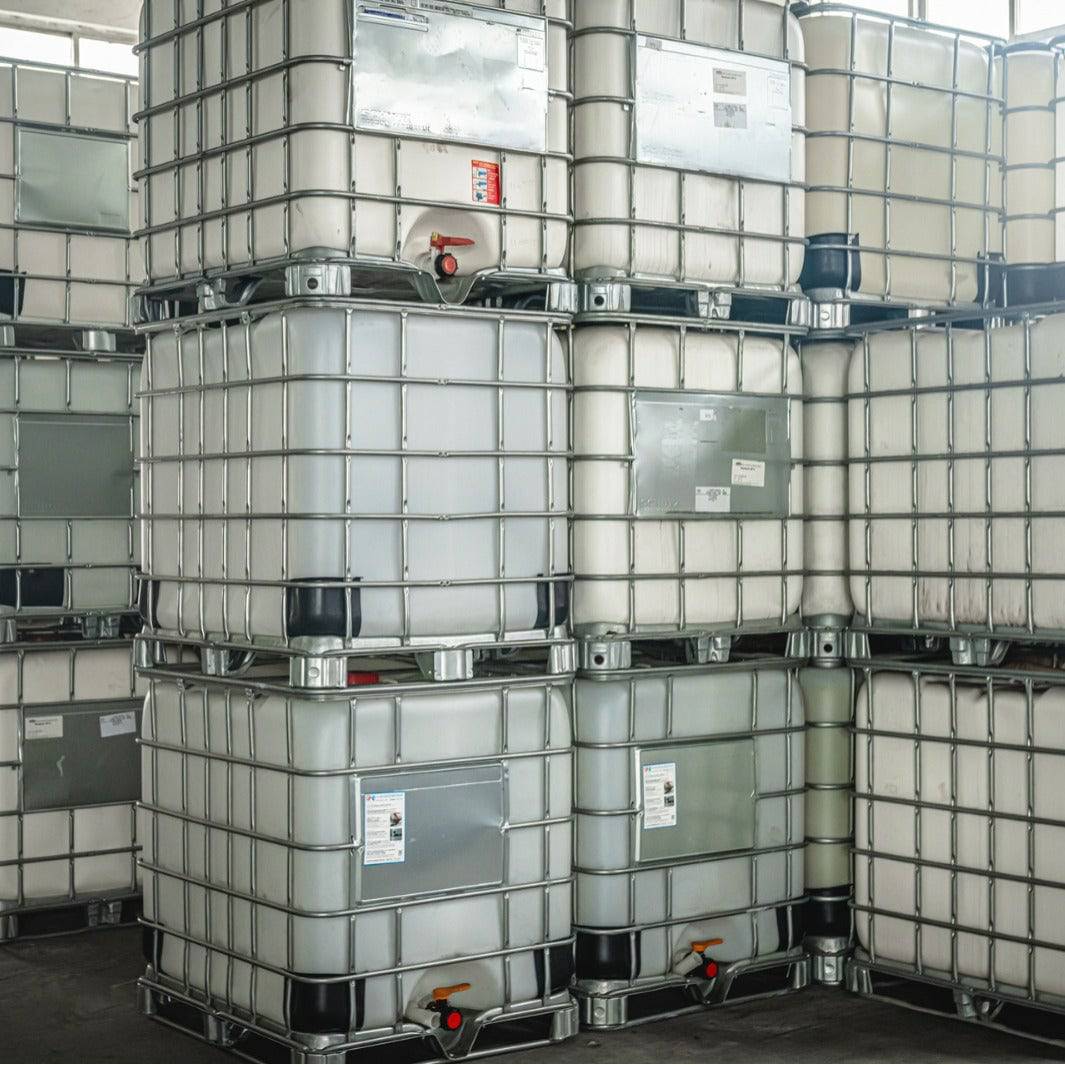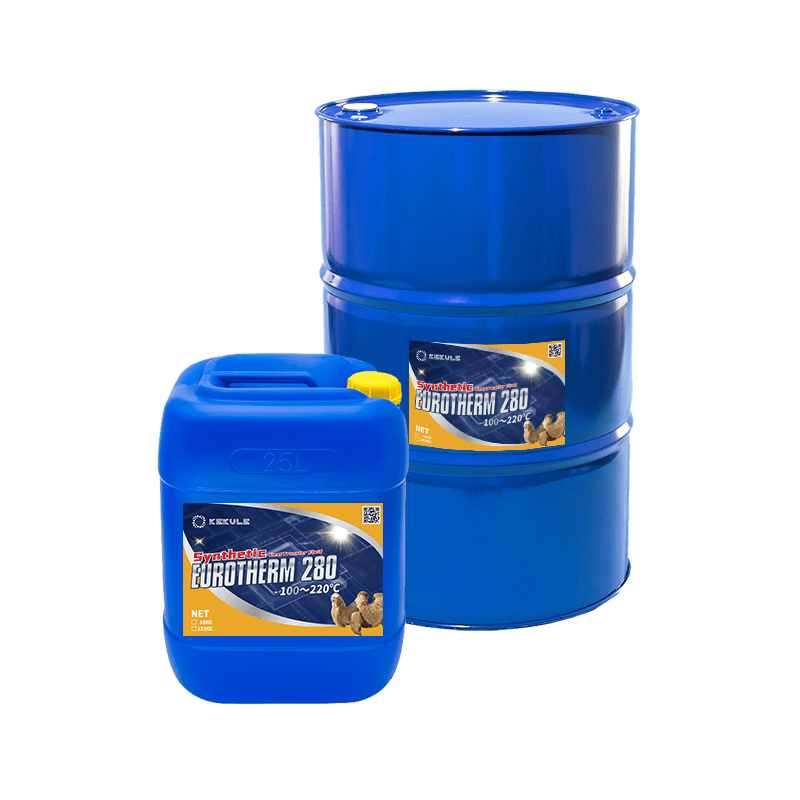Chemie Things To Know Before You Get This
Chemie Things To Know Before You Get This
Blog Article
Chemie - An Overview
Table of ContentsThe Facts About Chemie RevealedThe Chemie DiariesExamine This Report on ChemieChemie - The Facts3 Easy Facts About Chemie DescribedAll About Chemie
(https://nwgsuqneu11.typeform.com/to/EnpuRWEa)Calculated modification in electrical conductivity of liquid examples as a function of time when mixed with the material sample in the shut indirect cooling loop experiment. Number 6 shows the change in the measured electrical conductivity of the liquid samples when stirred with the resin example. The conductivity of the water sample from the shut loophole experiment decreased by roughly 70% from 11.77 S/cm to 3.32 S/cm in 6 hours.These outcomes suggested that the capability of the resin depends on the examination liquid used for the experiment. This reveals that different ions existing in the fluid will certainly lead to different ion exchange ability of the fluid. Determining the ion exchange resin capability with the liquid sample from the actual cooling loophole is crucial.
Little Known Questions About Chemie.
An ion exchange resin cartridge consisting of 20g of Dowex combined bed material might take on order 938 days to saturate - heat transfer fluid. To put it simply, to preserve a low electrical conductivity, a resin cartridge with the dimension and weight spec as that of the material cartridge used in the experiment, need to be altered every 30 months for the cooling system that was utilized in the experiment
The air conditioning of digital components has ended up being a significant challenge in recent times due to the advancements in the layout of faster and smaller sized parts. The usage of a liquid coolant has actually come to be eye-catching due to the higher heat transfer coefficient accomplished as contrasted to air-cooling.
The Chemie Statements
A solitary stage air conditioning loop is composed of a pump, a heat exchanger (chilly plate/mini- or micro-channels), and a warm sink (radiator with a follower or a liquid-to-liquid heat exchanger with cooled water cooling). The warmth source in the electronic devices system is attached to the warmth exchanger.
The needs may differ depending on the sort of application. Adhering to is a listing of some basic demands: Excellent thermo-physical buildings (high thermal conductivity and certain warmth; low viscosity; high concealed heat of evaporation for two-phase application) Reduced cold point and ruptured factor (in some cases ruptured protection at -40 C or reduced is needed for shipping and/or storage objectives) High climatic boiling factor (or reduced vapor stress at the operating temperature level) for single stage system; a narrow preferred boiling point for a two-phase system Good chemical and thermal stability for the life of the electronics system High flash point and auto-ignition temperature level (sometimes non-combustibility is a need) Non-corrosive to products of construction (metals in addition to polymers and various other non-metals) No or minimal regulatory restrictions (ecologically pleasant, nontoxic, and possibly biodegradable) Economical The very best electronic devices coolant is a cost-effective and nontoxic fluid with superb thermo-physical residential properties and a lengthy life span.
Indicators on Chemie You Should Know
Many of these fluids have a non-discernible odor and are harmless in instance of call with skin or ingestion. As mentioned in the past, aliphatic PAO-based fluids have actually replaced the silicate-ester liquids in a range of military electronic devices (and avionics) cooling down applications in the last years. One more class of popular coolant chemistry is dimethyl- and methyl phenyl-poly (siloxane) or generally recognized as silicone oil.
Fluorinated substances such as perfluorocarbons (i.e., FC-72, FC-77) hydrofluoroethers (HFE) and perfluorocarbon ethers (PFE) have certain unique homes and can be utilized touching the electronic devices [4, 8] Of all, these fluids are non-combustible and safe. Some fluorinated compounds have zero ozone diminishing prospective and other ecological homes.
Ethylene glycol is colorless and practically odorless and is totally miscible with water. When properly prevented, it has a reasonably low corrosivity. This coolant is classified as harmful and need to be dealt with and disposed of with treatment. The top quality of water used for the prep work of a glycol solution is extremely crucial for the system.
Chemie Can Be Fun For Anyone

This is a reduced price antifreeze solution, finding usage in refrigeration services and ground resource warmth pumps - fluorinert. This liquid can be utilized down to -40 C owing to its fairly high rate of heat transfer in this temperature level range.
It is considered even more harmful than ethylene glycol and consequently has discovered usage just for procedure applications located outdoors. Methanol is a combustible liquid and, as such, presents a potential fire hazard where it is stored, managed, or utilized.
The Facts About Chemie Uncovered
As a combustible liquid, it calls for particular safety measures for managing and storage. Aqueous solutions of calcium chloride discover wide use as distributing coolants in food plants. It is non-flammable, safe and thermally extra efficient than the glycol remedies. A 29% (by wt.) calcium chloride service has a cold factor below -40 C.

Report this page